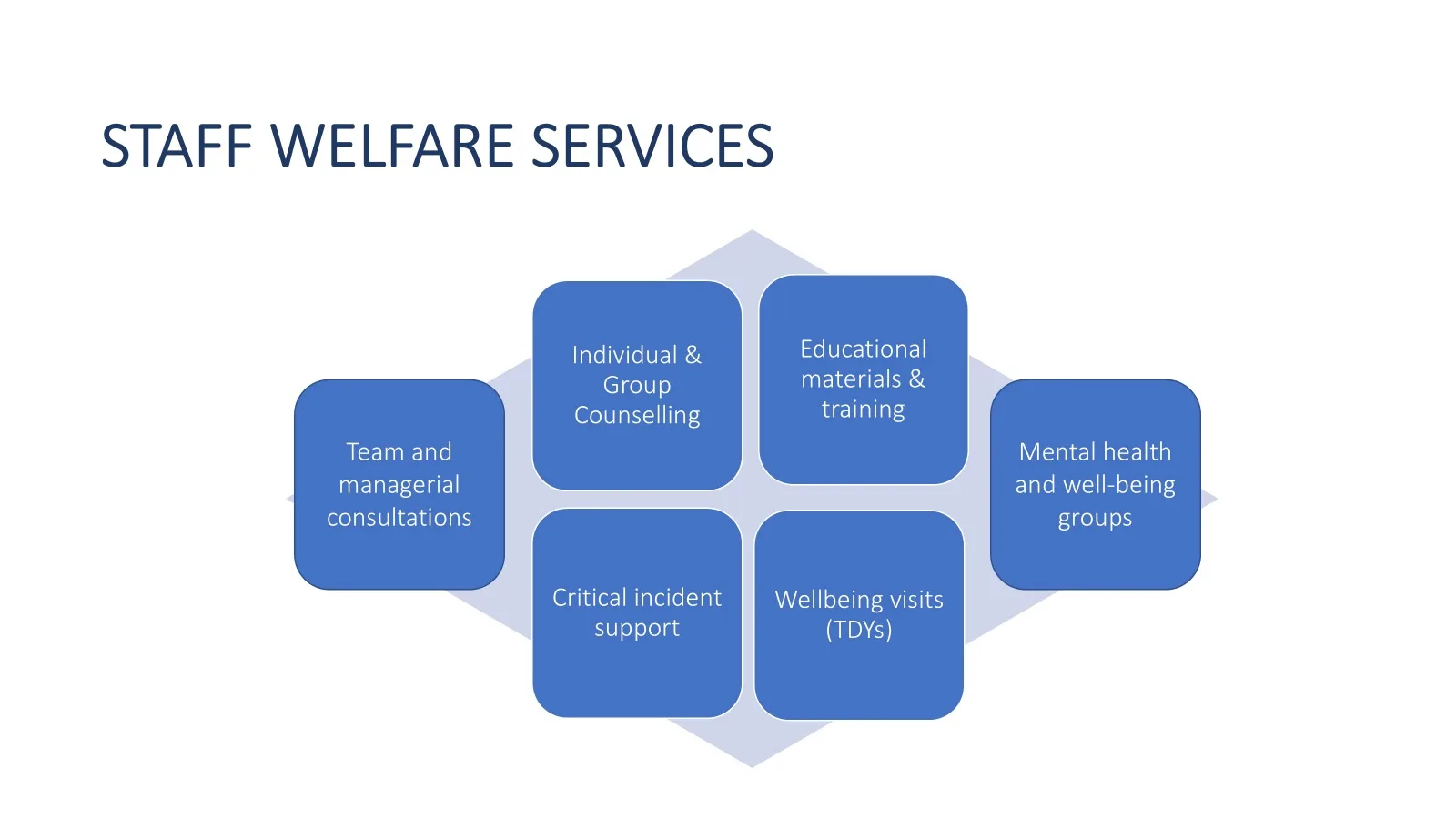Welfare programs are a cornerstone of social protection systems worldwide. These initiatives are designed to provide financial assistance, healthcare, housing, food, and other essential services to individuals and families who are economically disadvantaged or socially marginalized. Vulnerable communities, which include low-income families, the elderly, people with disabilities, and unemployed individuals, rely heavily on these programs to meet their basic needs and build more secure, dignified lives. This article explores how welfare programs support these communities and contribute to broader societal stability and economic growth.
Understanding Vulnerable Communities
Vulnerable communities are groups of people who are at a higher risk of poverty, social exclusion, or economic hardship due to various factors such as:
- Low or no income
- Unemployment or underemployment
- Poor access to education and healthcare
- Disability or chronic illness
- Elderly age
- Single-parent households
- Discrimination based on gender, race, or ethnicity
These communities often face barriers to opportunity and are more likely to experience long-term economic insecurity. The srd r370 status check helps ensure that financial aid reaches eligible individuals, reflecting how welfare programs support vulnerable communities.

Key Types of Welfare Programs
Welfare programs vary from country to country, but common types include:
1. Cash Assistance Programs
These provide direct financial support to low-income individuals or families. Examples include Social Relief of Distress (SRD) grants in South Africa or Temporary Assistance for Needy Families (TANF) in the United States.
2. Food Assistance Programs
Programs like food stamps (SNAP in the U.S.) or food parcels distributed by social services ensure that families do not go hungry.
3. Housing Assistance
Subsidized housing or rental vouchers help families afford a safe place to live and reduce homelessness.
4. Healthcare Support
Public health insurance or free medical services ensure access to medical treatment regardless of income, helping reduce preventable diseases and improve quality of life.
READ MORE : Why Businessmen in Indianapolis Need a Financial Advisor?
5. Unemployment Benefits
These offer temporary financial aid to people who are jobless but actively seeking employment, cushioning them during transitions.
6. Childcare and Education Subsidies
Support for education and early childhood development helps break the cycle of poverty by investing in the next generation.
How Welfare Programs Provide Support
1. Alleviating Poverty
Welfare programs are critical in lifting individuals and families out of poverty. By supplementing income, they help people afford basic needs such as food, housing, and clothing.
2. Improving Health Outcomes
Access to healthcare and nutritious food through welfare reduces health disparities and leads to longer, healthier lives in underserved populations.
READ MORE :
Welfare Programs, Including for Disabled Persons
Many countries have introduced support systems like the Disability Grant to ensure that disabled persons have access to basic needs and healthcare services. While welfare programs play a crucial role, they face several challenges:
- Limited Funding: Governments often struggle with insufficient budgets to support all the necessary programs.
- Fraud and Abuse: Welfare fraud remains a concern, including instances where disabled persons may be unfairly disqualified or experience delays in approval.
- Dependence: Some argue that welfare programs might encourage long-term dependence, although research shows that for disabled individuals, ongoing support can foster greater independence and self-sufficiency.
- Accessibility Issues: Bureaucratic hurdles, such as complicated paperwork or eligibility criteria, can prevent eligible people, especially those with disabilities, from receiving the support they need.
Welfare programs are not just handouts—they are investments in human potential and societal well-being. They ensure that no one is left behind in times of need, and they provide a safety net that allows vulnerable communities to regain their independence, dignity, and opportunity. Strengthening and expanding these programs, with accountability and innovation, is essential for creating a more inclusive and resilient society.







